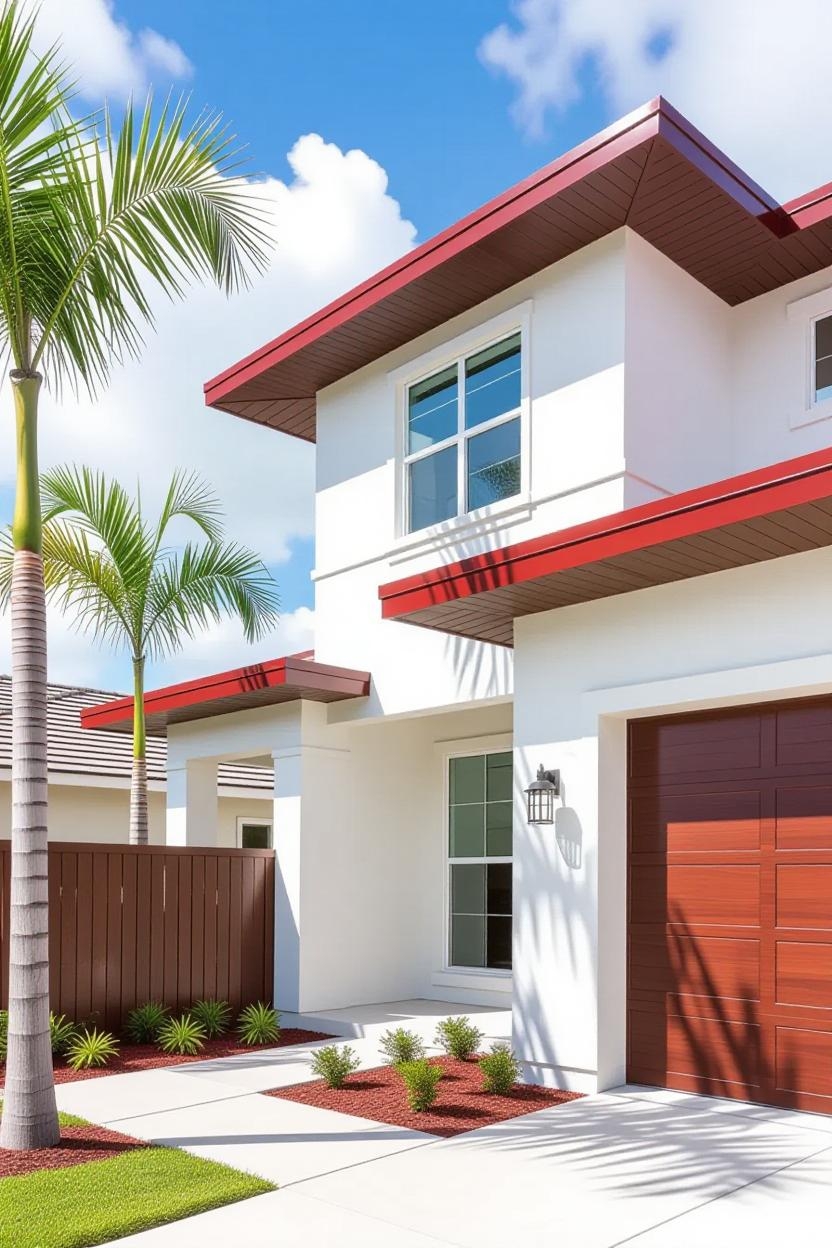
Bubbles Enterprise
Licensed & Insured
10+ Years Experience
100% Satisfaction Guarantee
Our Services
Professional soffit and fascia solutions for residential and commercial properties in Orlando. Quality workmanship with materials that last.
Repairs & Maintenance
Quick and reliable repair services for damaged soffit and fascia, including storm damage restoration and preventive maintenance.
- Emergency repair services
- Storm damage restoration
- Preventive maintenance plans
- Color matching existing materials
- Same-day service available
Remove & Replace
Expert removal of old, damaged soffit and fascia with complete replacement using modern, durable materials that enhance your property value.
- Safe removal of old materials
- Damage assessment and repair
- Upgraded ventilation systems
- Seamless integration
- Cleanup and disposal included
New Construction
Complete soffit and fascia installation for new residential and commercial buildings with premium materials and expert craftsmanship.
- Premium aluminum and vinyl materials
- Custom color matching
- Professional installation team
- Code compliance guarantee
- 10-year warranty
Need a Custom Solution?
Every project is unique. Contact us for a personalized consultation and free estimate tailored to your specific needs.
Our Project Gallery
Explore our latest soffit and fascia projects in Orlando and surrounding areas. Each installation demonstrates Bubbles Enterprise's commitment to quality craftsmanship, durable materials, and customer satisfaction with over 10 years of licensed expertise in Florida.

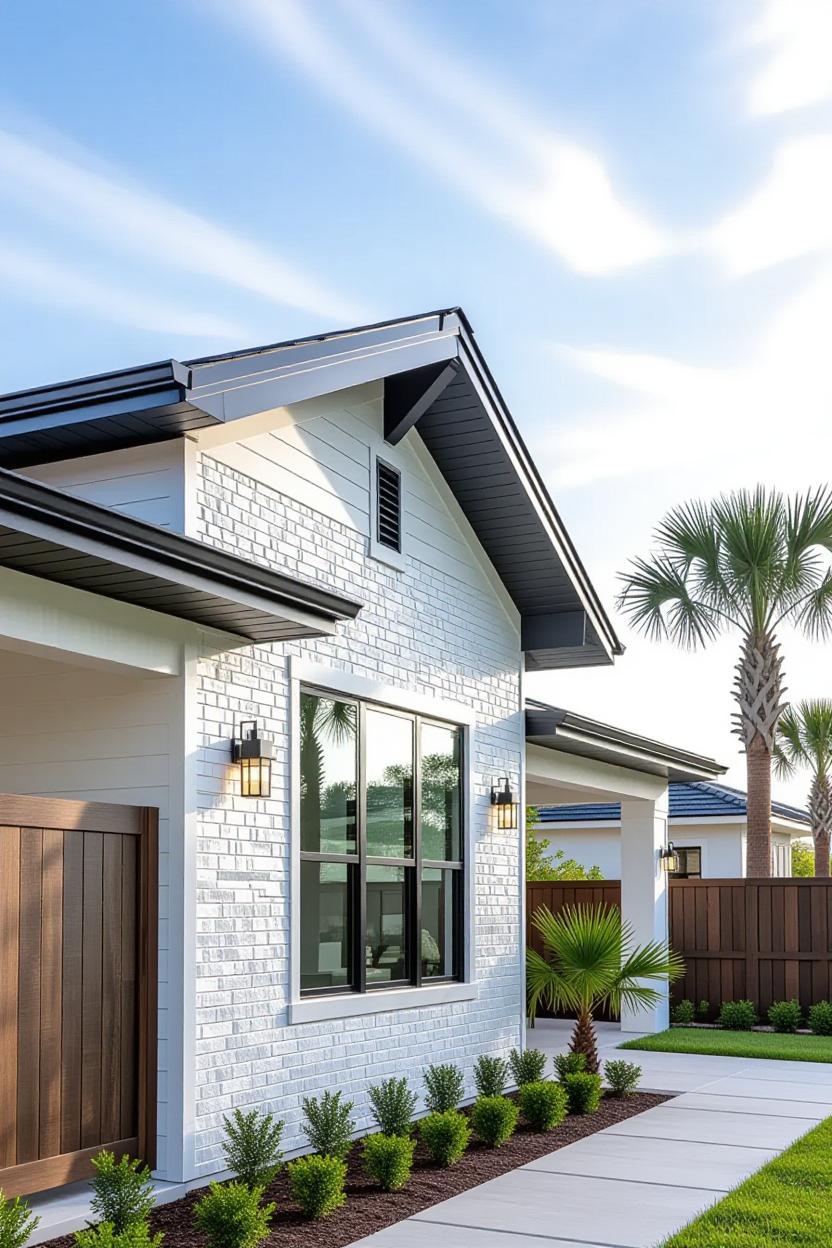
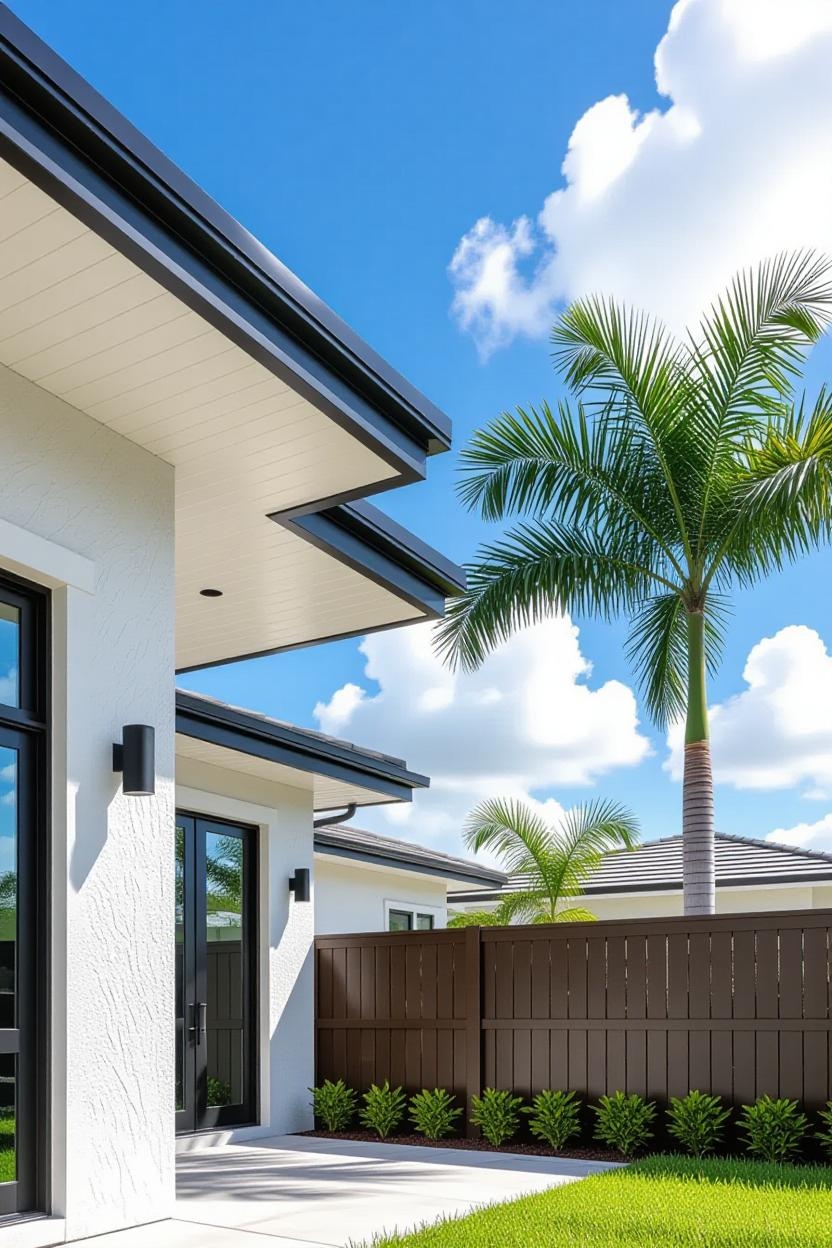
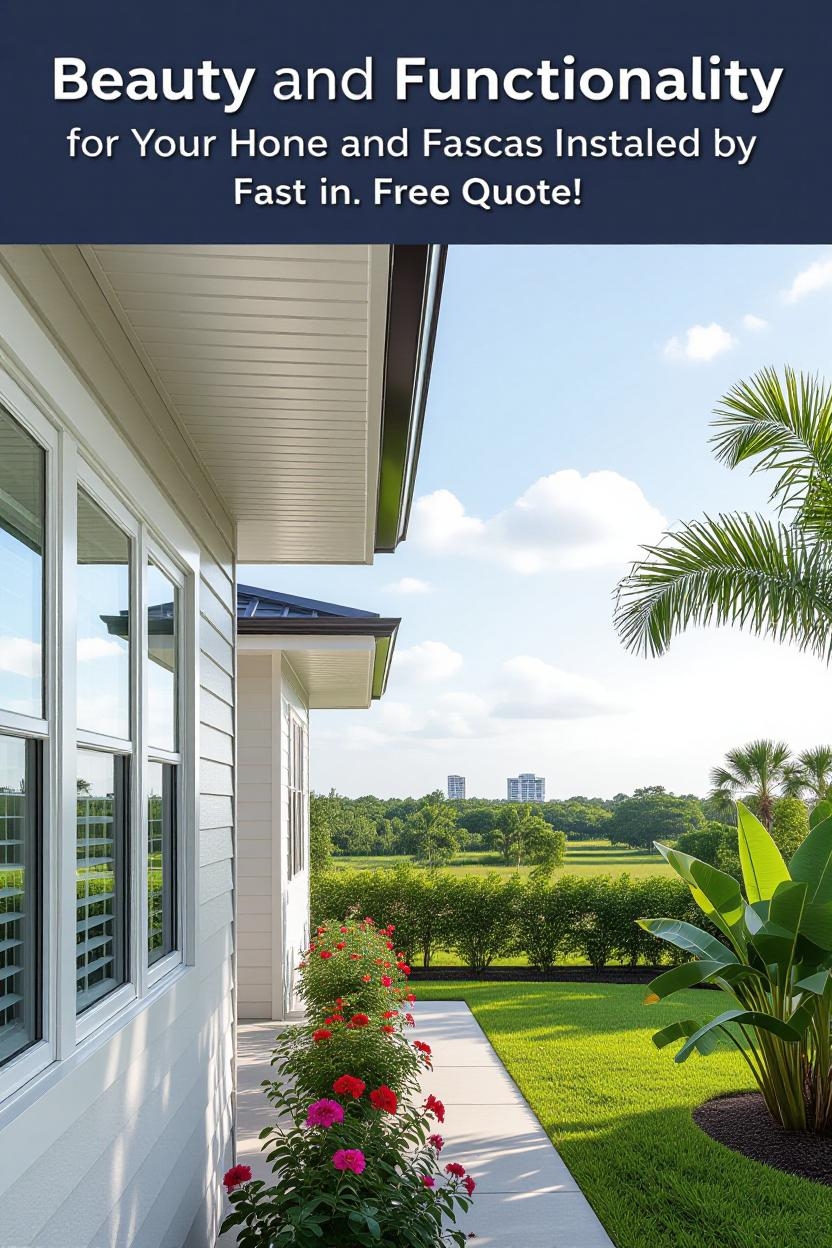
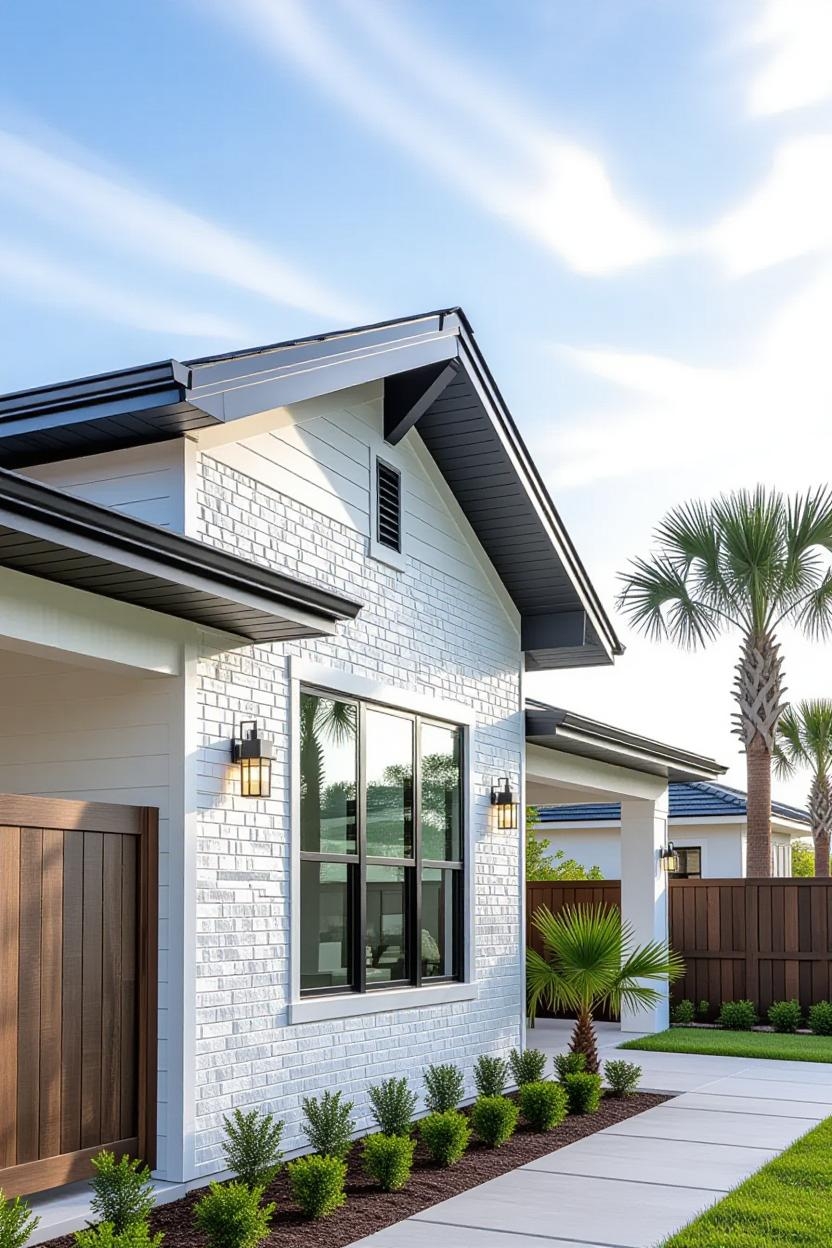
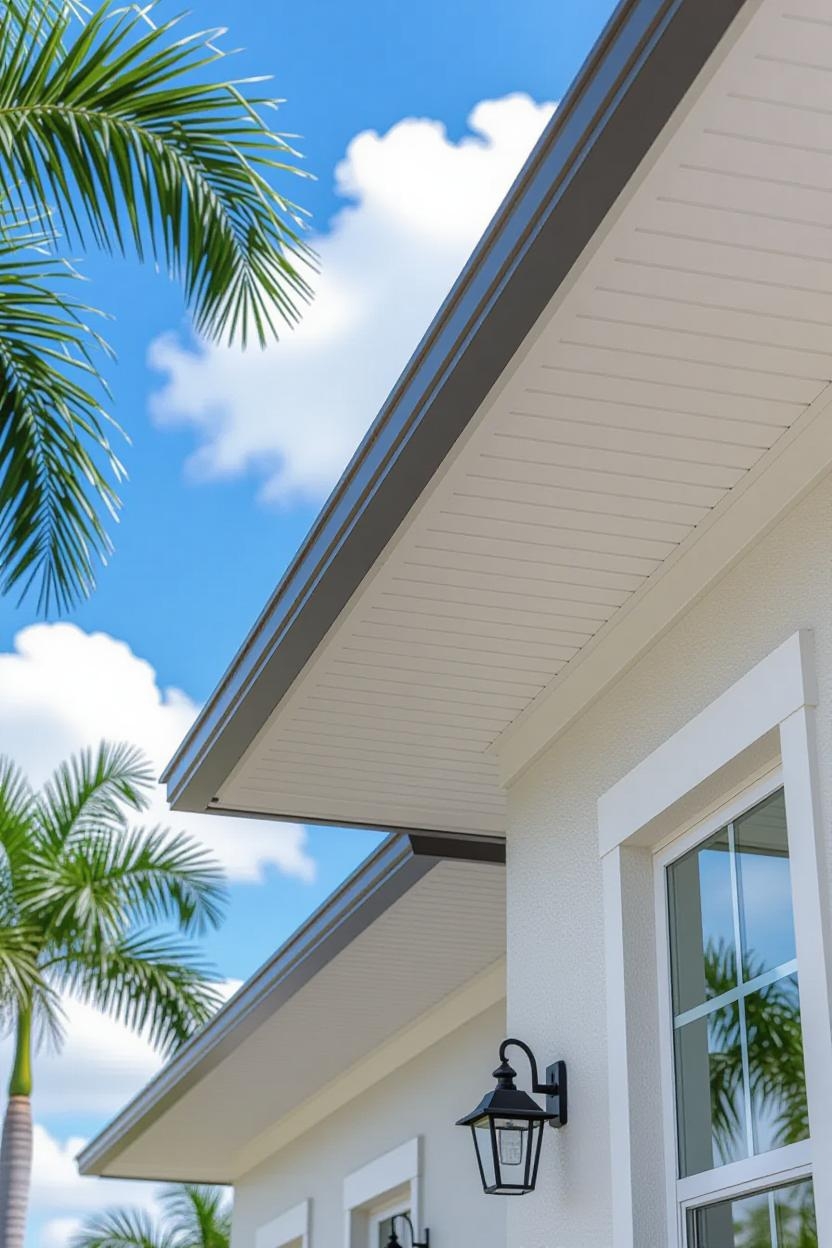
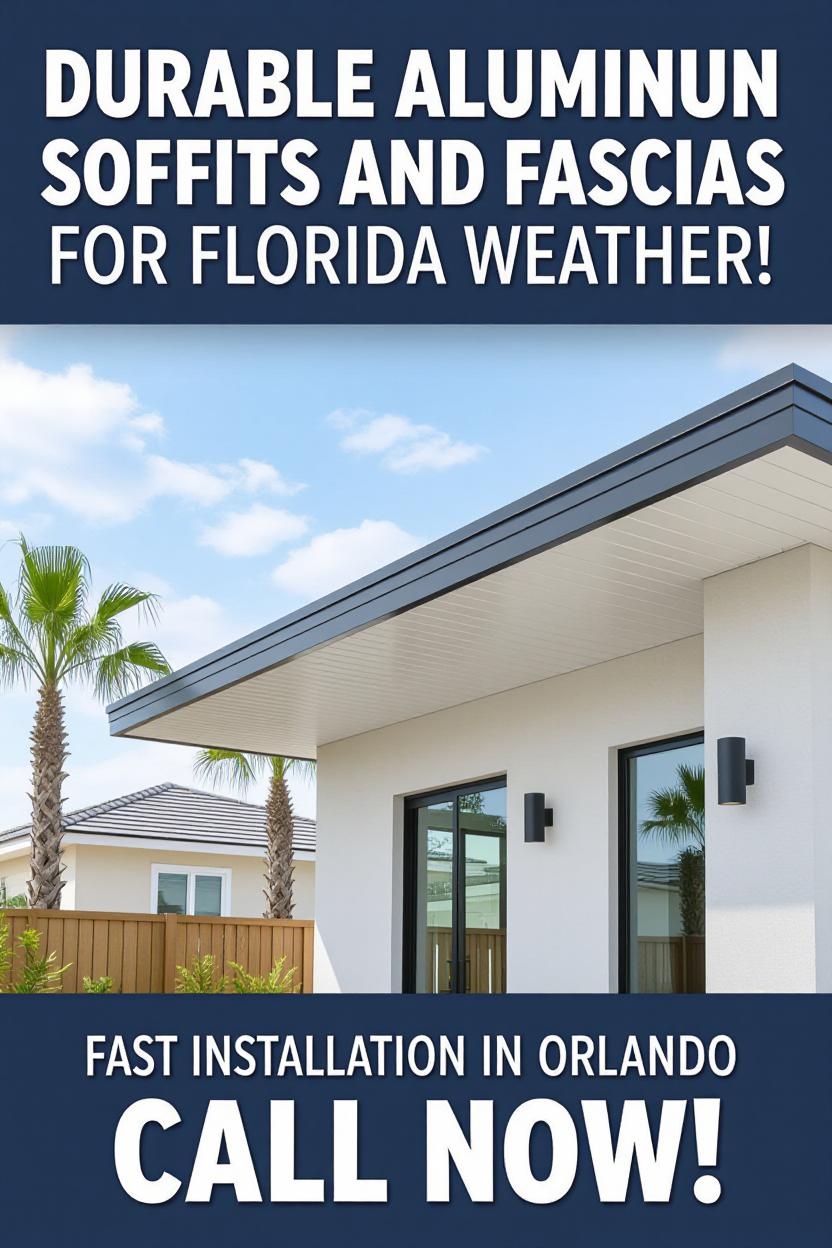
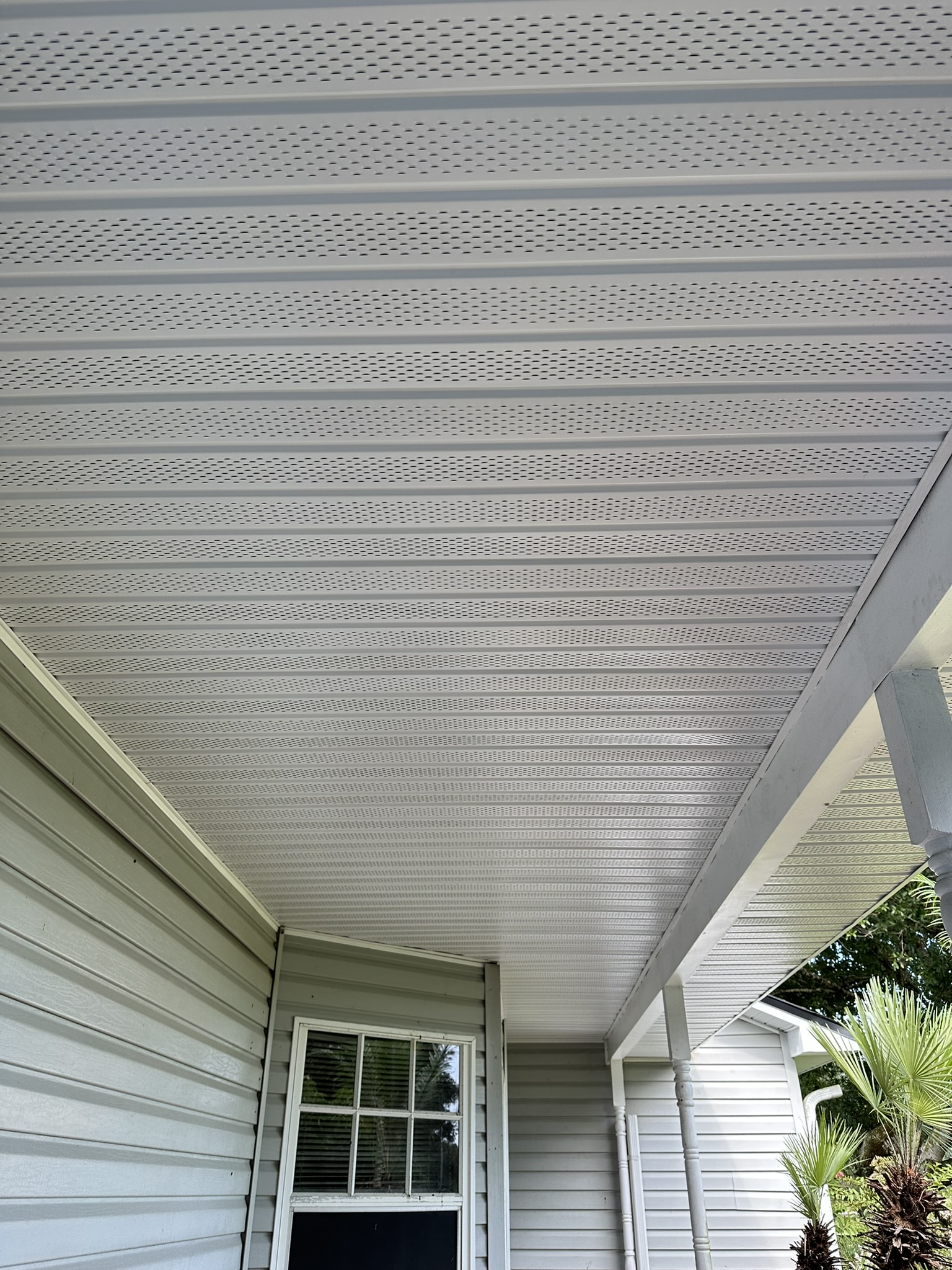
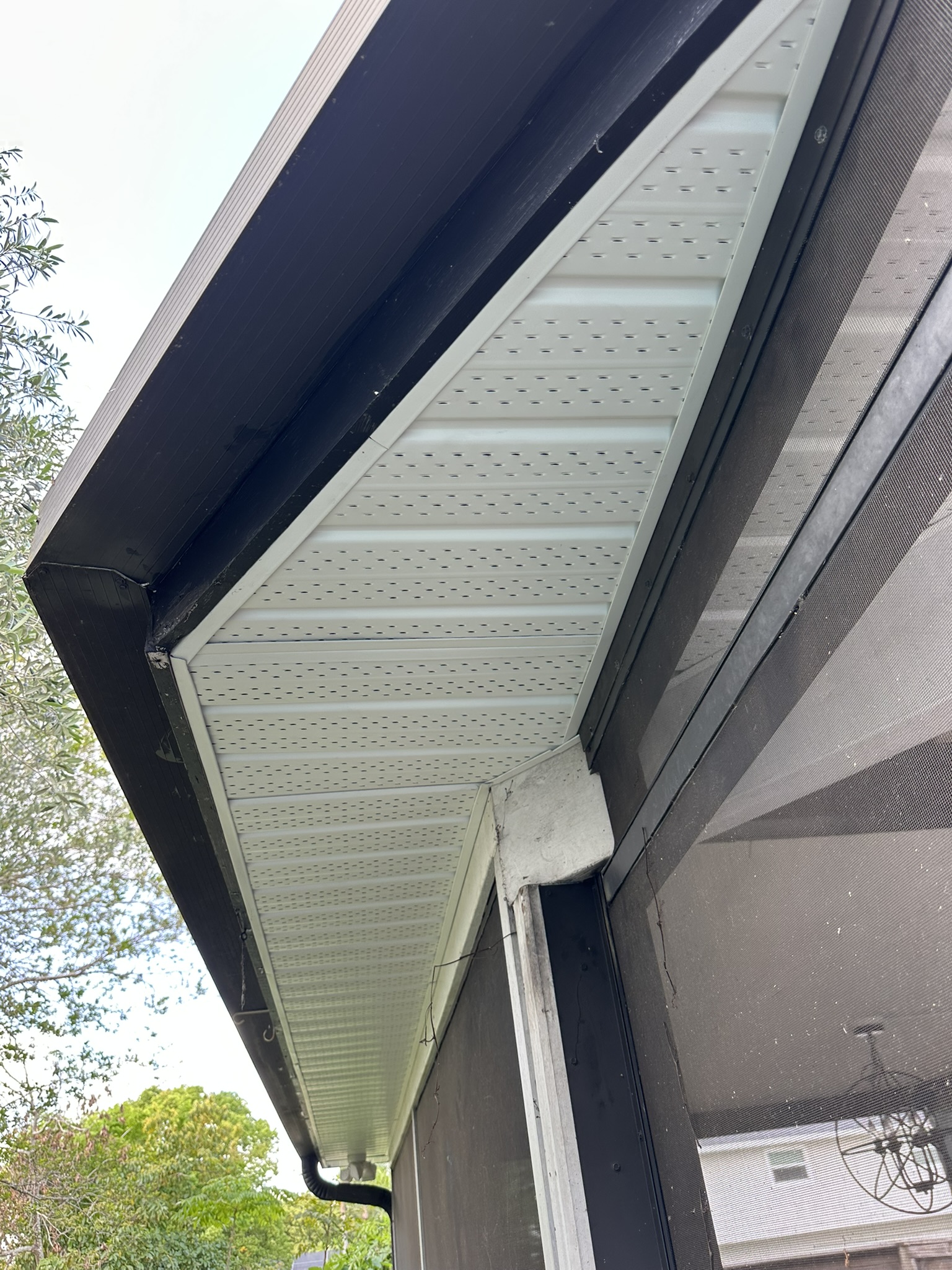
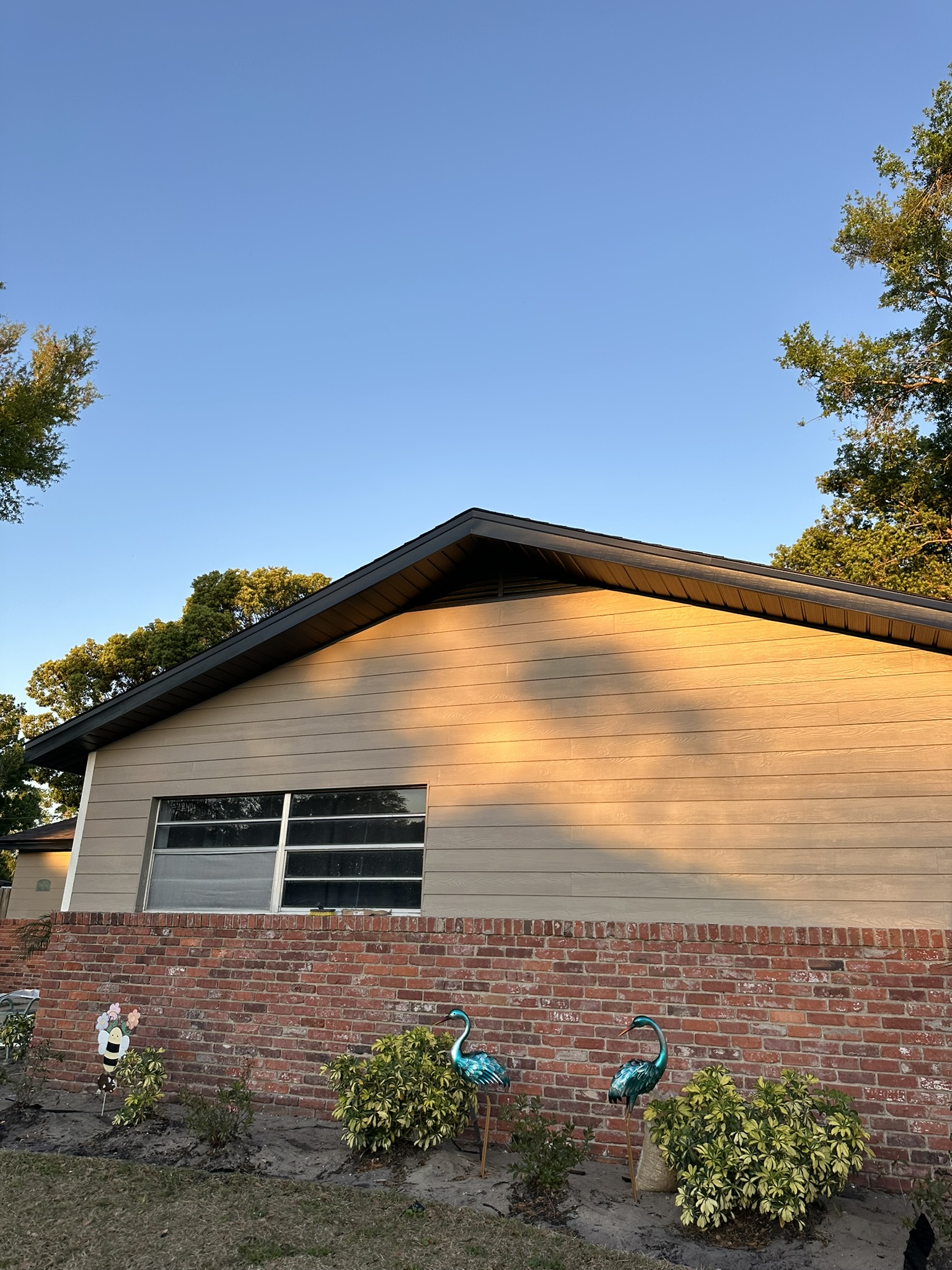
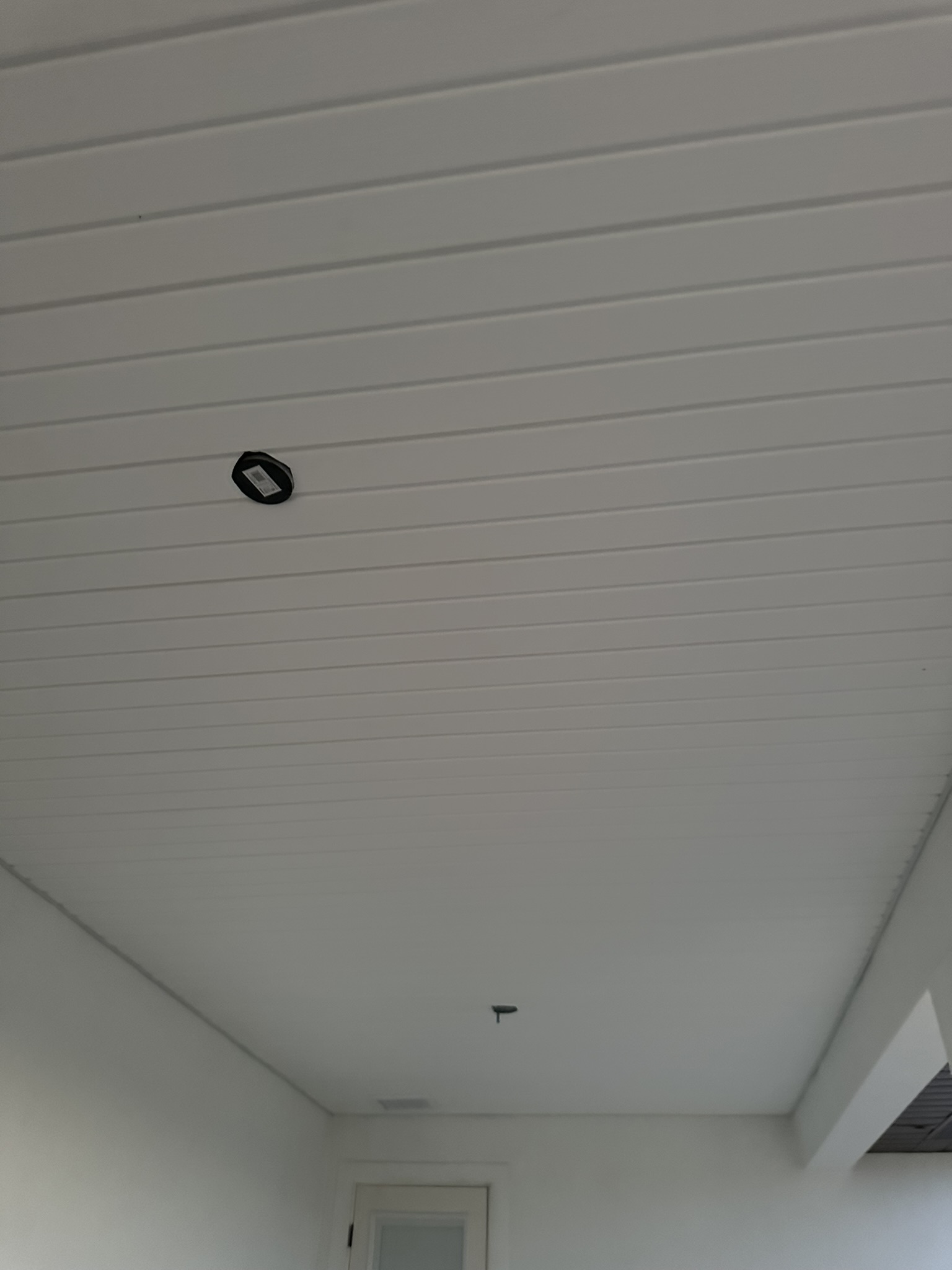
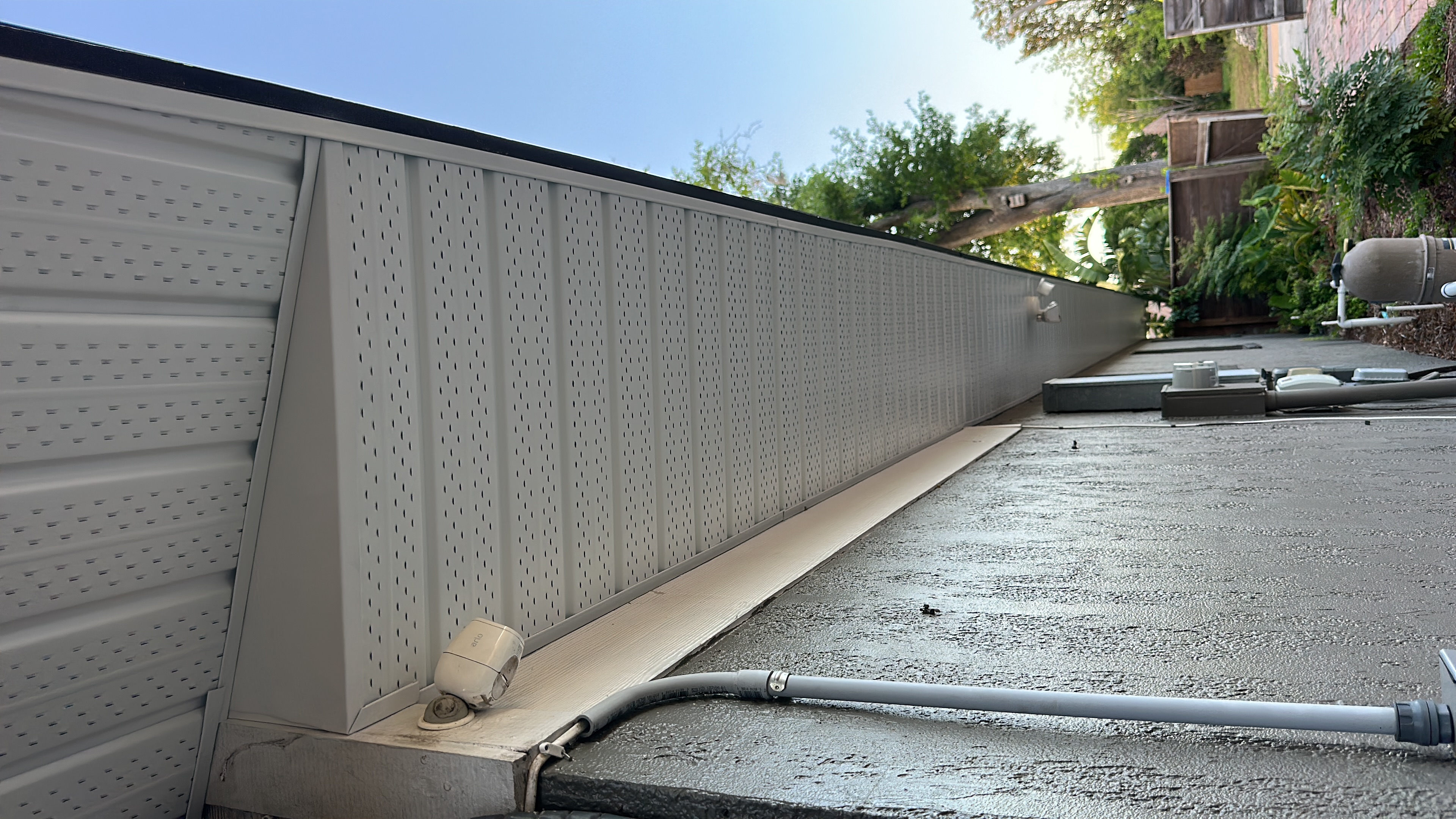
Why Choose Bubbles Enterprise?
With over 10 years of experience in Orlando, we deliver exceptional quality and customer service.
Licensed & Insured
Fully licensed and insured for your peace of mind and protection. Learn about our certifications.
Quality Materials
We use only premium materials that withstand Florida's climate. Explore our material options.
Satisfaction Guarantee
100% satisfaction guarantee on all our work and services.
Free Estimates
Get detailed, no-obligation estimates for your project. Request your free quote or use our online calculator.
BubblesEnterprise
Your Trusted Partner in Orlando
Serving Orlando and Surrounding Areas
Professional soffit and fascia services
Where Do We Provide Soffit Services?
Bubbles Enterprise proudly serves Orlando, FL and all surrounding communities throughout Central Florida. Our experienced team brings professional soffit installation, repair, and replacement services directly to your neighborhood. Learn more about our company and get a free cost estimate today.
Orlando
Winter Park
Kissimmee
Sanford
Apopka
Altamonte Springs
Oviedo
Lake Mary
Why Choose Local Orlando Soffit Experts?
- Understanding of Florida's unique climate challenges
- Quick response times within Central Florida
- Licensed and insured in Florida
- Established relationships with local suppliers
Ready to Get Started?
Contact us today for a free estimate on your soffit and fascia project. We're here to help!